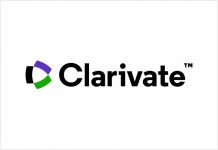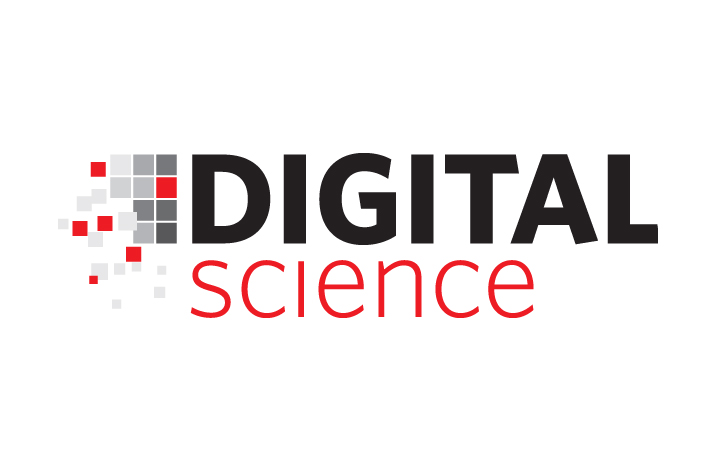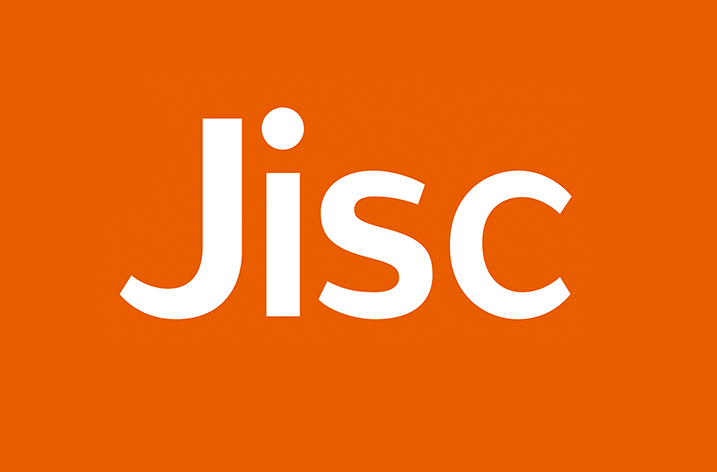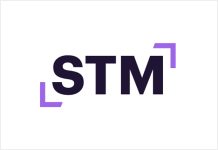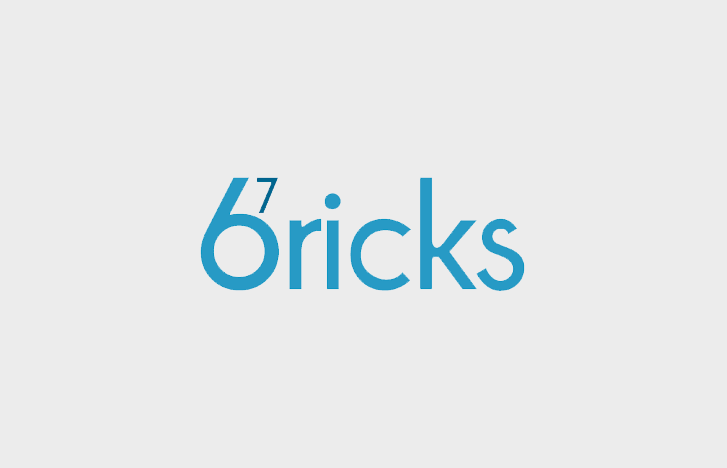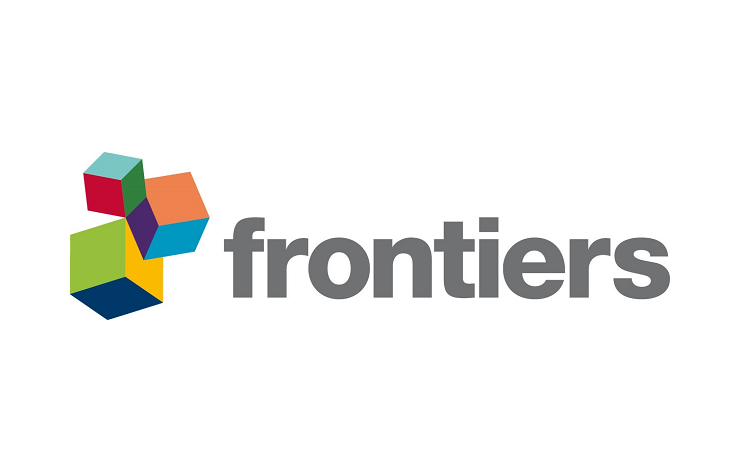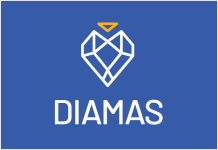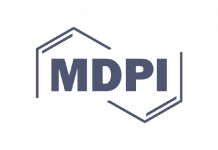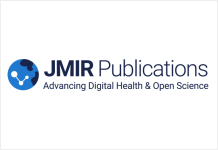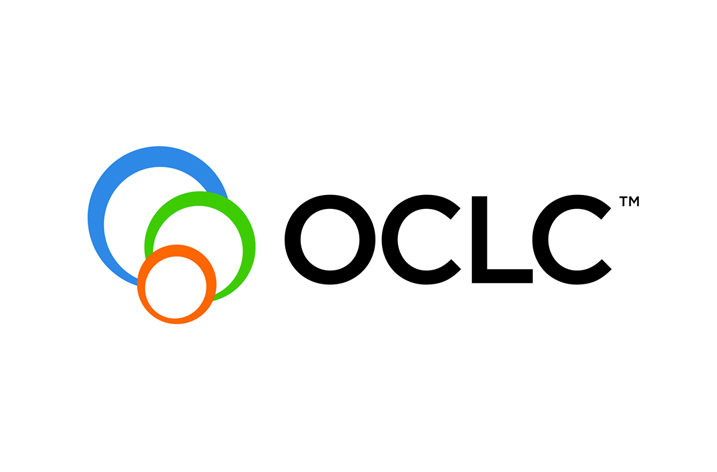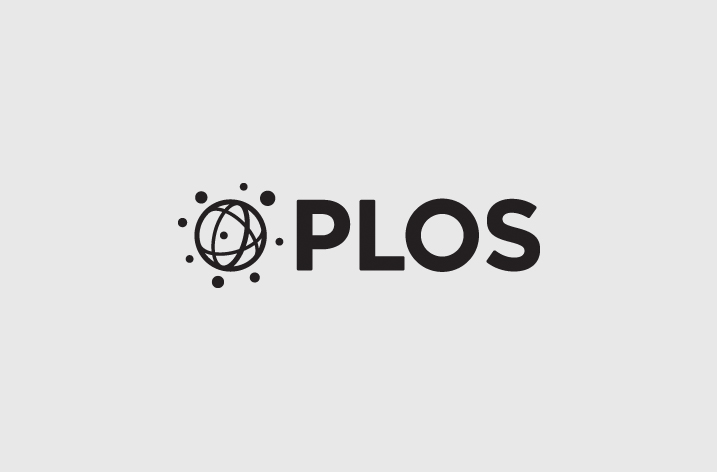
Our January update on author credit focused on how PLOS was moving forward with the use of ORCID identifiers (iDs) for researcher identification. Starting with authors, that effort allows us to know and unambiguously credit who participated in the work being published and forms the base for plans to eventually provide credit to all participants in the research outputs ecosystem. Today’s update is about providing authors attribution for what they contributed. Specific and comprehensive attribution moves the needle for institutions’ and funders’ abilities to evaluate researchers based on the roles they play in published works, rather than on the journals in which their articles appear or their placement within the byline.
Collaborative Development:
PLOS has for many years required that authors state what contributions they made to their work, as have many other publishers. The author contributions statements published in articles provide transparency in credit and accountability for all authors. What’s new is that there is now a community-developed open-standard taxonomy of contributions intended to replace over time the many disparate lists currently in use.
PLOS participated along with many other publishers and stakeholders (including funders, researchers and university administrators) in the development of this taxonomy, under the auspices of CASRAI (Consortia Advancing Standards in Research Administration Information) and with the participation of NISO (National Information Standards Organization). Articles in Learned Publishing and Nature – and related documents on the CASRAI site – provide background about the work that led to this open standard.
Author Benefit:
For a given published work, the Contributor Roles Taxonomy (CRediT) makes transparent who participated and the roles they played. It remains simple by design but offers more granularity than previous lists used by PLOS and other publishers. More finely-grained information will help make the ordering of authors less important and will facilitate a shift in focus for tenure and promotion committees – and other evaluators – away from how many times an individual is a first-or last-named author and toward their specific contributions to the scholarly record.
Importantly, the CRediT taxonomy is not meant to determine who qualifies as an author. Each author on a paper may have one or more CRediT contribution roles, yet having a role described by the taxonomy does not automatically qualify someone as an author. Authorship is determined by following PLOS guidelines, which are based on the ICMJE (International Committee of Medical Journal Editors) requirements.
As PLOS continues to implement its new submission system, Apertaä, we will make author contributions machine readable, with each individual’s contributions coded into the article’s XML. This is already in place for PLOS Biology, the first journal to launch in Aperta. For every article (identified by a Crossref DOI) and every author (all to be identified – eventually – by an ORCID iD), there will be one or more associated contributions (identified by CRediT). It is the confluence of these persistent identifier systems that will underlie future applications to increase transparency and allow discovery of individual contributions.
Future Functionality:
Eventually, the coding of individual contributions in article metadata will allow contributions to be surfaced in CVs and researcher profiles. In the short term, it will improve the display of contributions within PLOS articles, currently presented in paragraph form within the article—whether PDF or HTML. PLOS is currently exploring the best presentation for the author tab and for roll-over display in the author byline.
Process and Policy:
The corresponding (or submitting) author will be required to provide the relevant contributions for their co-authors, just as they do now, when submitting a manuscript (see our Authorship Guidelines). We strongly encourage each group of researchers to think about, discuss and decide on their various contributions during the course of manuscript preparation. The task of assigning contributions to individuals should be collegial, and the corresponding author should ensure that contributions are agreed on amongst authors before submission, in the same way that the ordering of authors should be agreed on before submission. The CRediT taxonomy offers a framework for discussion to reach this agreement.
It’s worth repeating—before submission, decide and get agreement on:
- Who will be included in the author list
- What contributions each author has made
- In what order the authors will appear
And if there are contributors whose input does not rise to the level of authorship, ensure that proper acknowledgements are included. Every person named – authors and those acknowledged – must be aware of and agree to their inclusion. When preparing your next manuscript, take some time to discuss author contributions using CRediT as a common language. Don’t have an ORCID iD yet? Get one here and log in to the PLOS manuscript submission system with it—when your next article is published with PLOS we’ll automatically update your ORCID record. In the future, that update will also include your contributions.




